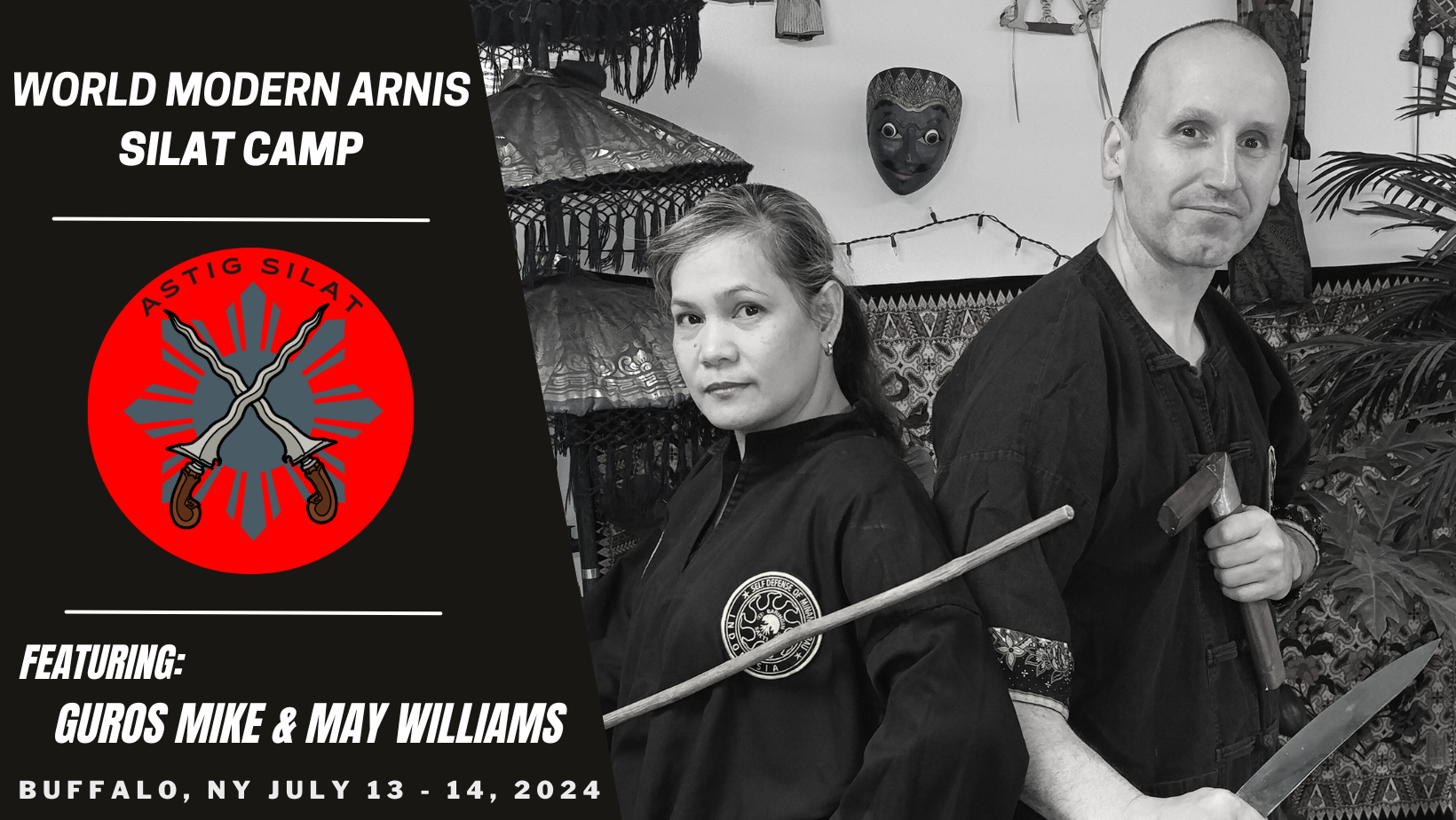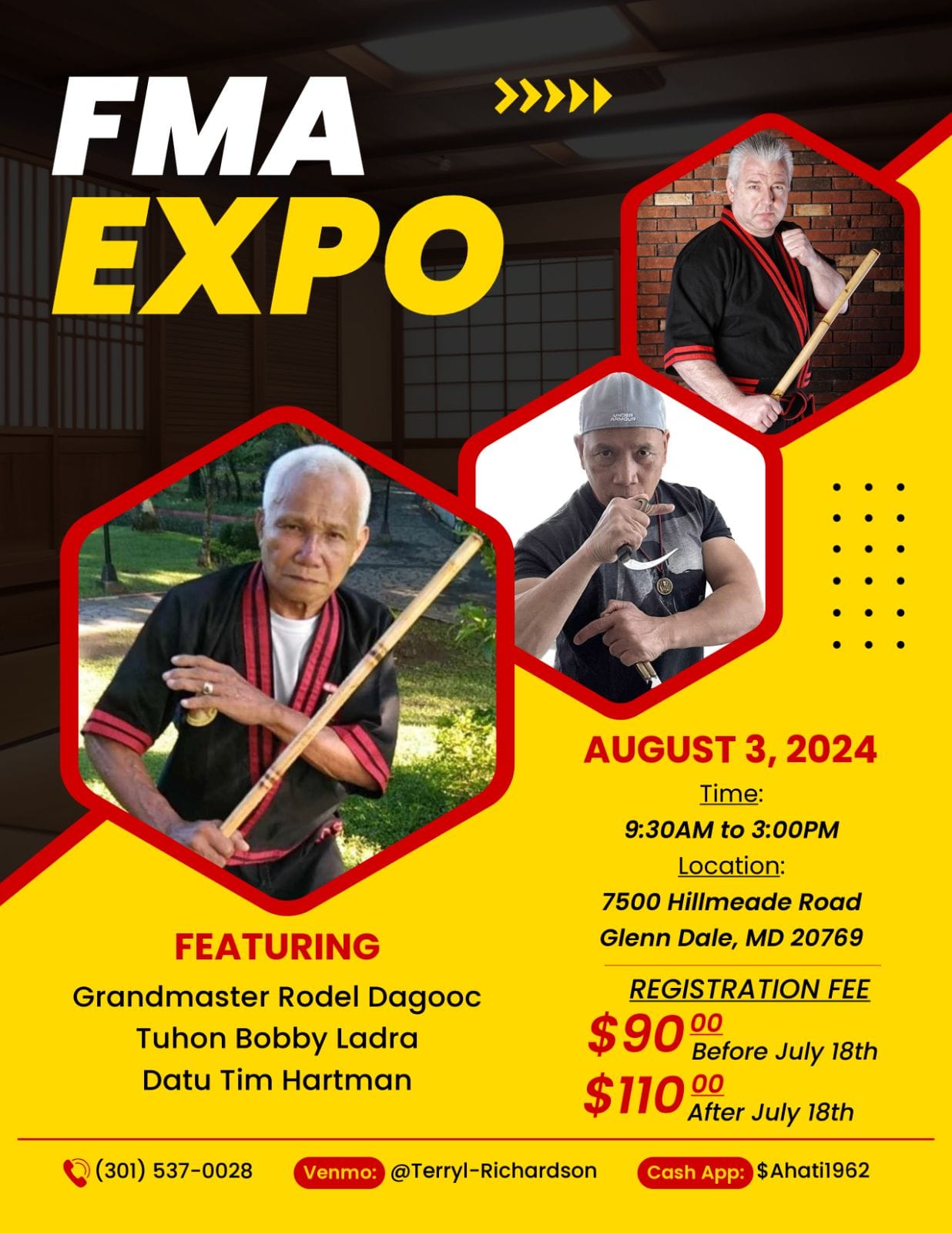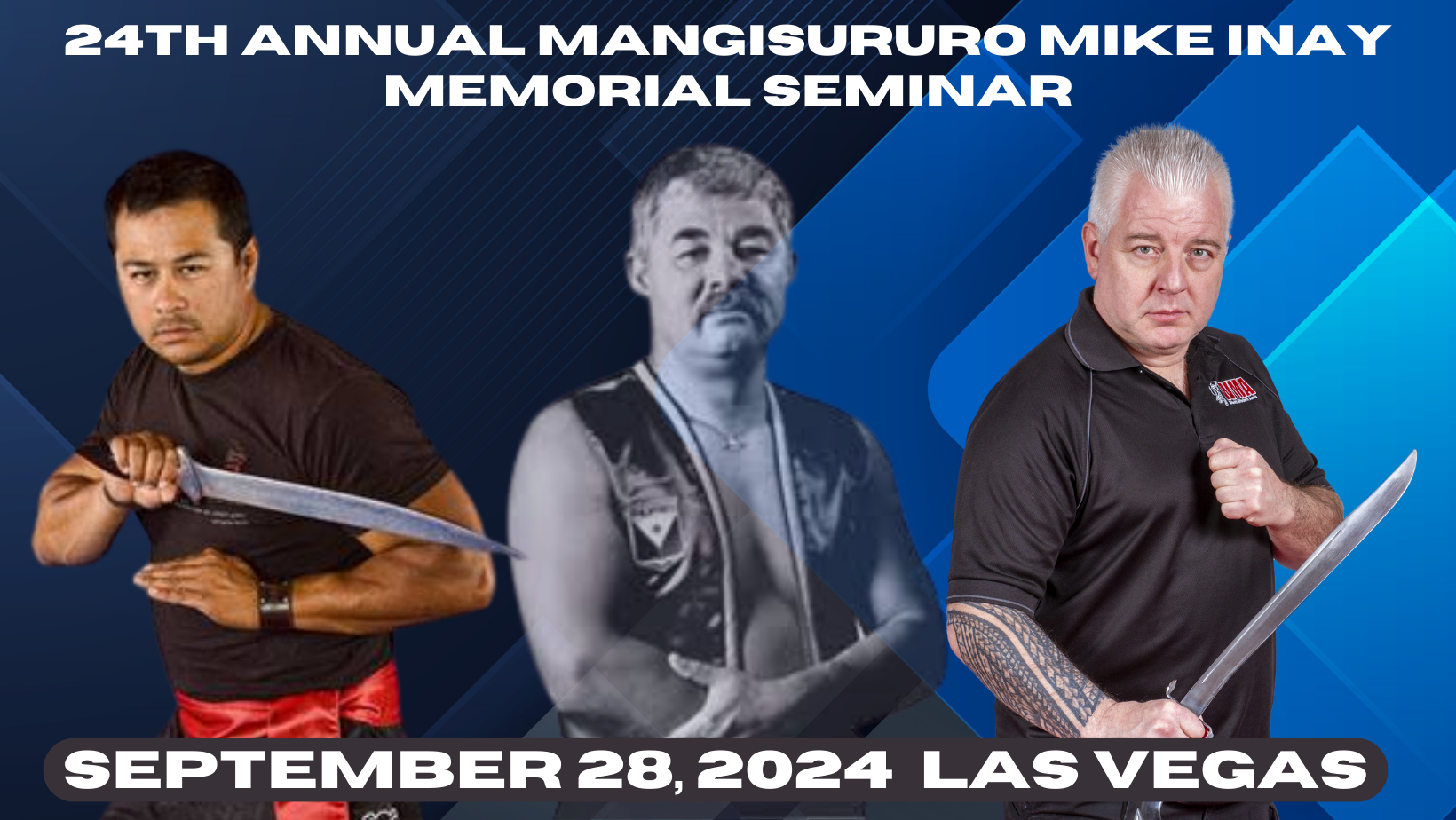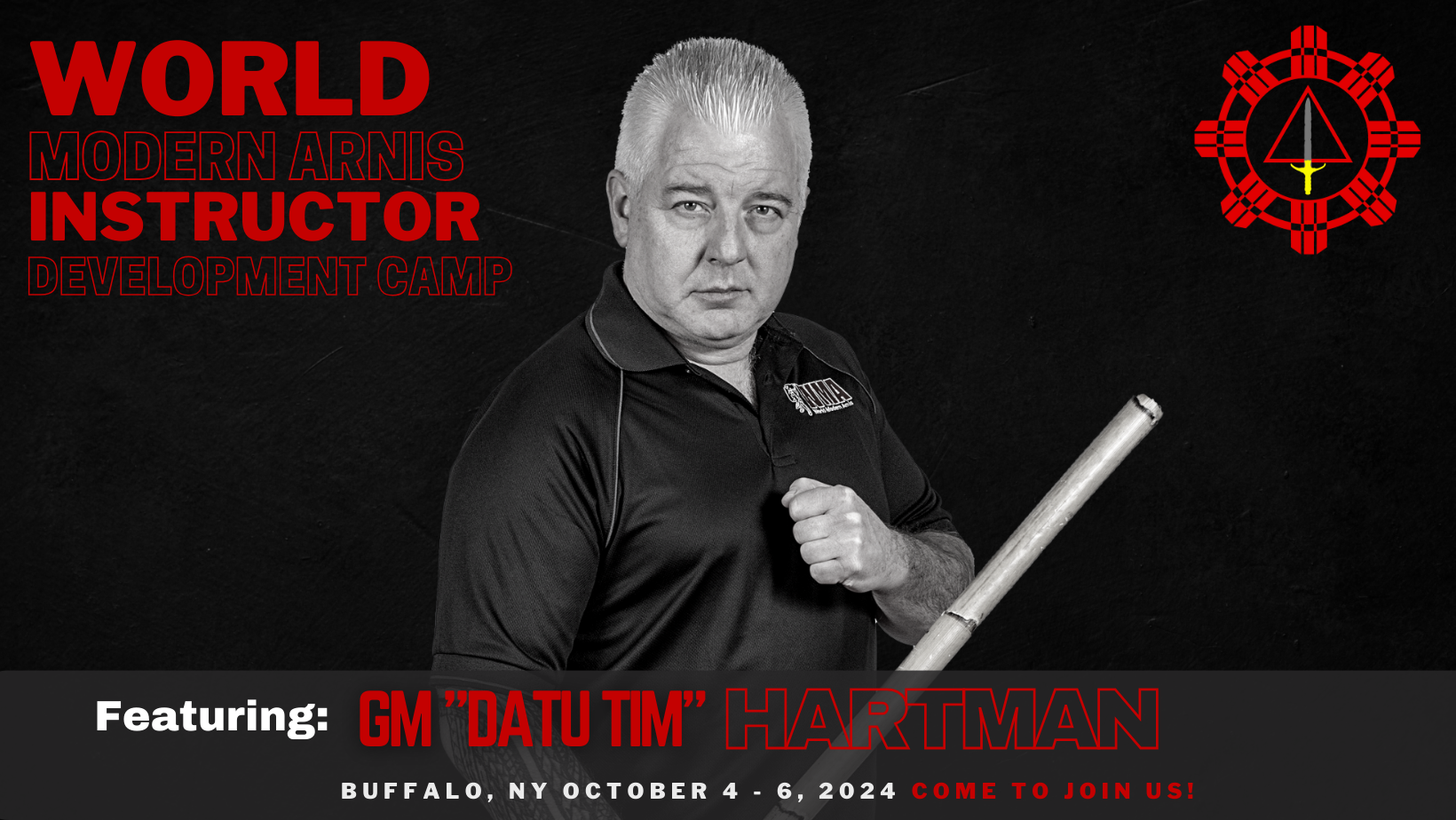
Modern Arnis: More than Just an Art within Your Art
I frequently hear the phrase “The Art within Your Art” being used, but often, its profound meaning appears lost. This term speaks to enriching one’s primary martial arts training by integrating elements from other styles without diluting the original form. Essentially, it is a sophisticated form of cross-training.
Take, for instance, someone practicing a stand-up martial art who integrates Brazilian Jiu-Jitsu ground techniques to enhance their own practice. It’s akin to attending a BJJ seminar; you’re taught Brazilian Jiu-Jitsu regardless of your previous background. This method was commonly employed by Professor Remy Presas in teaching his Modern Arnis.
When teaching to a group primarily consisting of Karate or Taekwondo practitioners, he was able to draw parallels to their known martial arts ‘DNA’ without compromising the core system he was teaching. The essence of “The Art within Your Art” arises from this understanding. Those who specialized in Remy Presas’ Modern Arnis know that teaching methodology wasn’t the only thing he focused on; testing was just as important. If you came from a different background, Professor Presas set different levels of expectation, acknowledging that your background would inevitably influence your technique.
When we talk about “The Art within Your Art”, it is not a blanket permission for practitioners to adopt any style they fancy. It must be understood in the context of performing Kata. While the form should be uniform for everyone, the time for personal interpretation comes with applications. If we want Modern Arnis, as taught by Remy Presas, to continue its legacy, we need to retain the original base material rather than heavily modify it.
Let’s use a metaphor to clarify this. Consider a mixed drink: you can combine Jack Daniels with various mixers, but what happens when you run out of Jack Daniels? You could replace it with whiskey, vodka, or rum, but without the base fluid, the original drink can no longer be created. The same applies to martial arts: a majority of Presas’ students practiced Arnis in combination with other styles, such as Karate, Kung Fu, or Jiu-Jitsu. To preserve the purity of the art, we need specialists in Arnis itself.
Often, I find myself in conversations with people who respond to this logical proposition with juvenile rebuttals. The fact remains simple: Professor Presas taught Arnis, not Karate or Taekwondo. He demonstrated how to blend it with these arts while staying true to the Filipino martial art of Arnis. It’s regrettable that such a multifaceted art often gets relegated to a secondary or tertiary role, or simply as an enrichment program.
As an instructor, my objective is to perpetuate Professor Presas’ teachings for the next generation. I delve into the roots of the arts, exploring the contributing systems to help evolve the art for future generations while adhering to the rules and concepts set by our teacher. Modern Arnis deserves recognition as a standalone program and holds its unique place at the martial arts table, not just as an enrichment program.
Whether or not everyone agrees with me is subjective, but I remain steadfast in my commitment to the teachings I received from Professor Presas. I continue to impart these teachings to my students locally and globally through seminars and training camps. If you are keen on learning the art in its original form, I invite you to reach out to myself or any member of our organization.
Respectfully,
Datu Tim Hartman
World Modern Arnis Alliance
www.wmarnis.com
#modernarnis #arnis #filipinomartialarts





